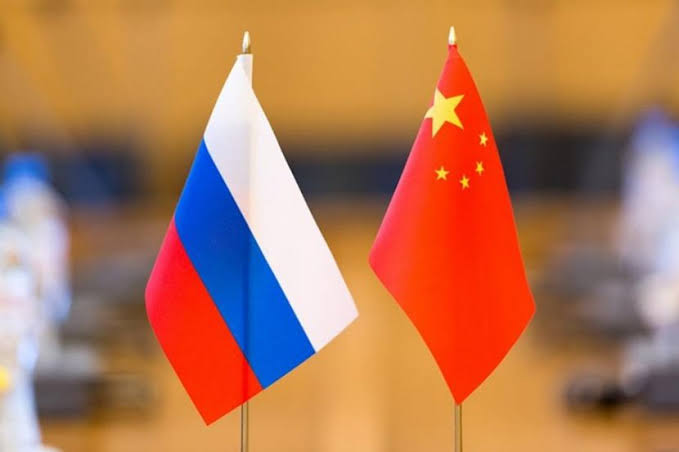The stablecoin industry is rapidly gaining traction as Russia businesses increasingly use cryptos like Tether for transactions.
The stablecoin industry is gaining significant momentum as it facilitates Russia’s business transactions with China. It is important to note that the obstacles posed by international sanctions are the driving force behind this shift in concentration toward cryptocurrency.
Meanwhile, a recent Bloomberg study revealed that Russian businesses are increasingly using stablecoins like Tether (USDT) to conduct financial transactions with their Chinese counterparts.
Russian Firms Embrace Stablecoins To Settle Deals
Russian companies that deal in commodities, particularly those in the metals and timber industries, have discovered that stablecoins provide an efficient alternative for conducting transactions across international borders.
As a result of increasingly stringent compliance requirements and punishments, many businesses have had a difficult time acquiring equipment and receiving payments.
However, a recent Bloomberg report demonstrates that using stablecoins offers a swift and economical solution. Ivan Kozlov, a co-founder of Resolv Labs, emphasized the effectiveness of stablecoins by stating that digital currencies help facilitate the movement of funds in around five to fifteen seconds at lower prices.
Additionally, the use of stablecoins mitigates the risk of foreign bank account seizures, a concern for there businesses. Despite opening numerous accounts in various countries, many of them have experienced repeated freezes.
Therefore, the paper suggests that stablecoins like USDT, linked to the US dollar, provide a more dependable and secure method for executing these transactions. Additionally, it circumvents traditional banking systems that are susceptible to penalties, which is another advantage.
While this is ongoing, the growing reliance on cryptocurrencies is a reflection of a more widespread shift in Russia’s regulatory landscape. Having previously explored the possibility of outlawing all cryptocurrencies, the Russian central bank is now open to the idea of experimenting with cryptocurrency payments for foreign money transfers.
In November, Governor Elvira Nabiullina voiced her support for such trials, causing a notable shift in policy.The use of cryptocurrency in international settlements is not a new phenomenon. Venezuela, for example, routinely uses Tether for oil shipments transactions.
This practice is particularly noteworthy because it highlights the growing adoption of stablecoins in global trade, particularly in nations that are experiencing challenges with dollar availability and capital controls.
While this is going on, Russian lawmakers are also contemplating the possibility of passing legislation that would establish a legal framework for the use of stablecoins in foreign transactions. This action is indicative of a formal recognition of the utility of cryptocurrencies in overcoming traditional barriers to financial transactions.
The central bank of Russia has observed a significant increase in cryptocurrency activity among the Russian population, indicating a general acceptance and incorporation of digital currencies into the economy.
Russian financial institutions are expanding their crypto-linked services in order to meet the growing demand for these services. In June of the previous year, for example, Rosbank began allowing businesses to make money transfers across international borders using cryptocurrencies.
Since then, several financial institutions have followed suit, further integrating cryptocurrency into Russia’s financial environment. Some commodities companies are also investigating alternative transaction methods, such as barter arrangements, in order to completely avoid sending their goods over international borders.
These trades entail the exchange of commodities for goods sent to Russia, offering an additional way to circumvent financial resource constraints.
Stablecoins present a viable answer for sustaining trade and financial stability at a time when Russia and China are navigating the challenges of international sanctions.
This move not only demonstrates the resiliency of cryptocurrencies, but it also highlights their growing relevance in the dynamics of global trade.
